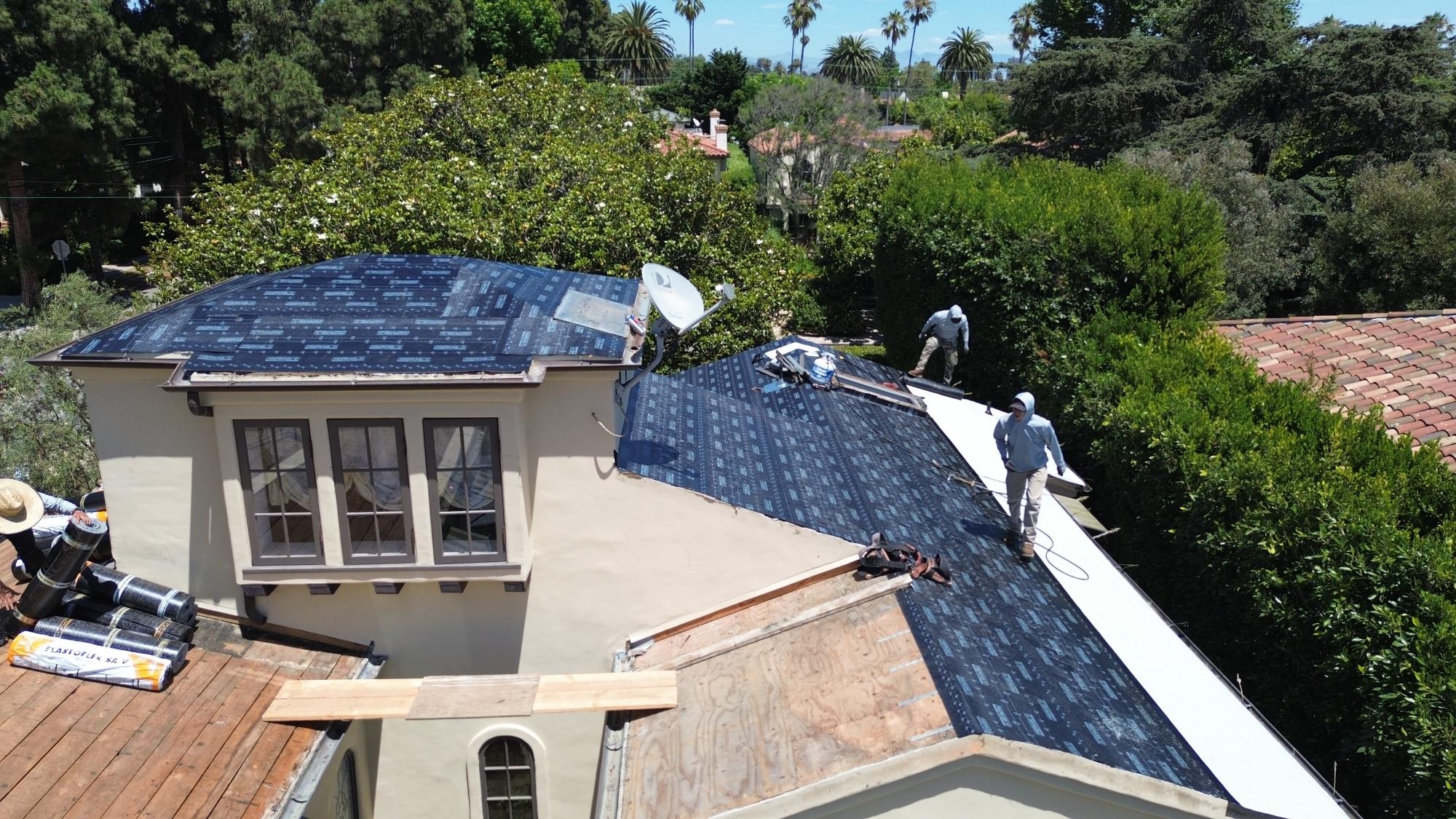Living in Pasadena means dealing with unpredictable weather shifts. From sizzling valley heat to thunderstorms sweeping off the San Gabriel Mountains, local roofs take a real beating. Many homeowners underestimate how much damage sneaks up year after year. A strong, long-lasting roof isn’t just about curb appeal—it protects your home, saves money, and keeps your family safe, whatever the season throws at you.
Understanding Pasadena Microclimates and Their Impact on Roofing
Pasadena has more than one kind of weather pattern. Depending on where you are—closer to the mountains, near old town, or in the lower valley—your home might feel like it’s in a different climate. Each of these areas brings its own set of challenges for roof durability.
You may wake up to cool fog under clear skies and end the day under a heatwave. Rain can fall in sheets, or winds can whip through after a scorcher. This constant change weakens roofing materials over time, leading to leaks, cracked tiles, and fading shingles. Roofing in Southern California isn’t a one-size-fits-all job.
Microclimate Zones Within Pasadena
Walk a few blocks in Pasadena, and you might feel like you’re in a different state. The foothills soak up more rain and get blasted by Santa Ana winds. Mid-city zones can be downright hot, baking under the sun for hours longer than shaded streets closer to the Arroyo. Along Fair Oaks, expect higher humidity, especially during summer storms.
- Foothill Zone: Cooler nights, higher rainfall, strong winds.
- Central Pasadena: Hotter days, greater sun exposure, less humidity.
- Arroyo Corridor: More breeze, shifts in day-to-night temperature.
This patchwork of mini-climates affects how roofs age, warp, and fail.
Common Weather-Related Roofing Issues
- UV Damage: Constant sun exposure dries out shingles, causes fading, and cracks surface material.
- Thermal Cycling: Big day-to-night swings in temperature lead to material expansion and contraction. Over time, this causes warping and loss of shingle integrity.
- Heavy Rain: Downpours test the seams and underlayment, exposing weak spots.
- Wind Exposure: Gusts from canyon winds loosen tiles and lift shingles.
Key Factors for Roof Strength and Longevity in Pasadena
Choosing the Right Roofing Materials
- Clay or Concrete Tile: Outlasts most other materials. Great at reflecting solar heat. Heavy, so not all homes can support it.
- Slate: Long-lasting and highly resistant to fire and wind. Pricey, and weight is a big factor.
- Asphalt Shingles: Affordable and versatile. Not as tough against extreme sun and fast temperature swings, but easier to repair.
- Metal Roofing: Reflects heat and stands up to wind and rain. Lightweight and often outlasts shingles, but can be louder during rain and may cost more upfront.
Importance of Professional Installation and Maintenance
Even the best materials won’t work if installed poorly. Professional roofers use proper sealing methods, flashing, and venting to prevent common problems. Well-installed roofs shed water away from seams and resist being pried up by wind.
Routine maintenance is the secret weapon behind every long-lived roof. A quick inspection each year catches loose shingles, cracked tiles, or faded sealants. Clearing out gutters and addressing moss or mold build-up stops subtle damage in its tracks.
Checklist for smart roof care:
- Schedule yearly inspections
- Keep gutters clear
- Repair damaged shingles/tiles quickly
- Replace old or cracked sealant
Upgrades and Add-Ons for Extra Protection
Not every roof is built the same, but smart upgrades help your roof stand up to anything Pasadena throws at it.
Cool Roofing: Special coatings or shingles reflect sunlight, lowering roof temperature and reducing drying and cracking. Some options qualify for energy rebates.
Insulation: Proper attic insulation keeps warm air from escaping in winter and blocks extreme heat in summer. This reduces expansion/contraction stress on roofing materials.
Weatherproof Underlayment: Advanced synthetic layers under your shingles add a final barrier against leaks caused by driving wind or heavy rain.
Other protective add-ons:
- Ridge and soffit vents for airflow
- Upgraded flashing in valleys and around chimneys
- Reinforced fasteners to anchor shingles or tiles against high winds

